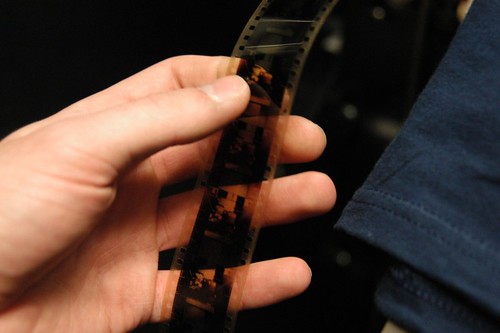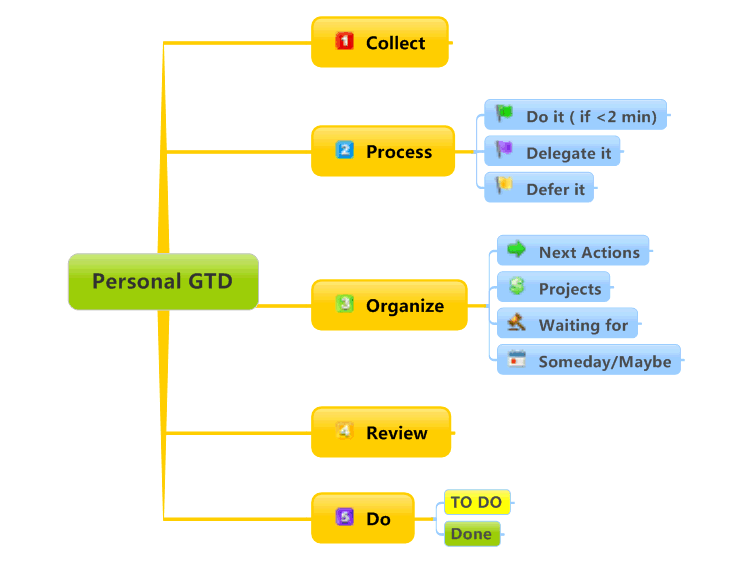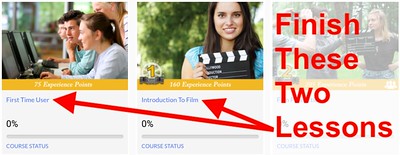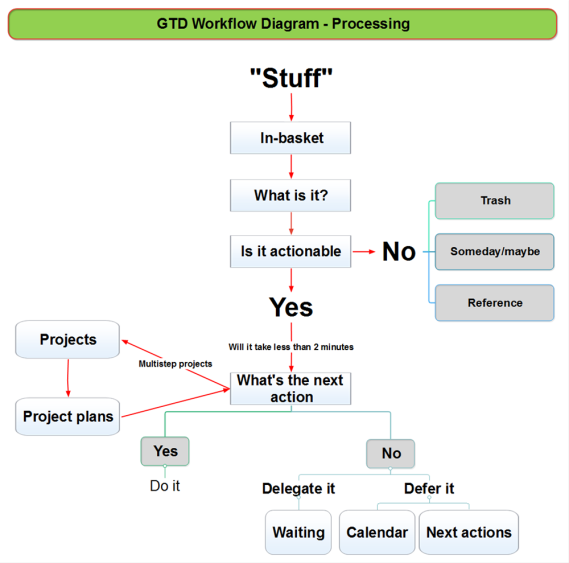| TOPIC | YOUR NOTES |
| 1. Who is the protagonist? | Ofelia |
| 2. Who is the antagonist? | Captain Vidal |
| 3. What is the conflict? | The conflict is that Ofelia is trying to complete tasks for a faun so she can claim her throne as the ruler of the underworld. Simultaneously there is another conflict where the Doctor of Ofelia’s mother and the maid of the place they are staying at, are trying to help a group of people fight for freedom against the Evil Captain Vidal. |
| 4. What is the theme or central, unifying concept? (summarize in one or two words) | Good vs Evil vs Innocence |
| 5. How is the story told (linear, non-linear, with flashbacks, flash-forwards, at regular intervals) | The story is mostly linear, it cuts back and forth between Ofelia with her tasks, and between the doctor and maid and their attempts to spy on and stop the evil Captain. One could argue that the whole movie is a flashback, because at the beginning it shows he lying on the ground with blood coming out of her nose, then she says she will tell us how she got there, and we revisit that moment at the end of the movie. |
| 6. What “happens” in the plot (Brief description)? | Ofelia’s father was a tailor who died, so Ofelia’s mother remarried to the evil captain of an army. The mother is pregnant and the Captain is and evil person who wants to kill and entire group of people just because he believes that his people are better, and the other group believes that all people are equal. Ofelia wanders into a stone labyrinth, she meets a faun who tells her she is the reincarnation of the princess of the underworld, but to prove she is still worthy, she needs to complete 3 tasks. She gets a key from the first task by killing a giant toad inside a tree. In the second task she needs to open a door in a magic room to get a big knife, she eats off the table so the “pale man” comes after her but she gets away. The Doctor gets found out by the captain and shot. The mother gives birth to a boy, the maid try’s to get Ofelia out of there but they are caught. Ofelia is told that the final task is to bring her newborn baby brother to the middle of the labyrinth, the captain chases them through the maze. She get’s to the center but she refuses to spill her brothers blood to open the portal. The captain then finds them, takes the baby boy, and shoots Ofelia. Meanwhile, the maid and her group of warriors overthrow the camp that the captain is at and when he walks out of the maze, they shoot him. Ofelia dies, but in the afterlife she gets to be a princess, because the final task wasn’t to kill her brother to open the door, but to show that she would sacrifice herself to save and innocent child. |
7. How does the film influence particular reactions on the part of viewers (sound, editing,
characterization, camera movement, etc.)? Why does the film encourage such
reactions? | The film influences the viewers by making them feel that everything is just getting worse and worse. This is because of the lighting and the general atmosphere of the movie, it starts out all bright and everything seems happy and the music is light and jolly. Then, throughout the film, the general lighting just get darker and gloomier. The bad characters in the film also start showing their dark sides and how truly evil they are. The good characters start showing their desperation and how bad the odds are. Every bad experience that Ofelia has just makes the movie darker and the characters more evil or desperate. I believe that this represents the loss of childlike innocence and how she used to be happy and imaginative, but now she is terrified and determined. I believe that is why at the end, she refused to sacrifice her brother, she didn’t want to destroy the innocence of a baby after what happened to her innocence. |
| 8. Is the setting realistic or stylized? What atmosphere does the setting suggest? Do particular objects or settings serve symbolic functions? | The setting is realistic, it is a closeup of her face on the ground with blood all over her. It gives a depressing and gloomy vibe. This is the end of the film and the start, the whole film is a flashback on how she got there. Her physical body was not the only thing destroyed, but also her innocence, the lighting is very dark and gloomy, but at the beginning of the story, the lighting is light. |
| 9. How are the characters costumed and made-up? What does their clothing or makeup reveal about their social standing, ethnicity, nationality, gender, or age? How do costume and makeup convey character? | Ofelia at the beginning she is dressed casually, but later on her mother and the Captain make her dress fancy, which indicates her family is higher class. Her mother never really dresses well, because she is always sick in bed due to her pregnancy. Ofelia dresses in a dress so that indicate she is female, all of the men are either in fancy suits, or war uniforms, except for the doctor her dresses in a doctor uniform. The maids are dressed in not very fancy dresses, indicating they are not rich. |
| 10. How does the lighting design shape our perception of character, space, or mood? | The lighting starts out really light and in a jolly sort of fashion. Later on in the film it gets darker and gloomier as the captain and his crew start showing how truly evil they are, while the good characters start becoming desperate and the odds start going against them. This shows the loss of innocence in Ofelia as starts becoming aware of the horrible world around her. |
| 11. How do camera angles and camera movements shape our view of characters or spaces? What do you see cinematically? | They use different camera angles at different times to show what a certain character is seeing at that point. They sometimes use it for cinematic effect when they are riding on horses though the woods. |
| 12. What is the music’s purpose in the film? How does it direct our attention within the image? How does it shape our interpretation of the image? What stands out about the music? | There isn’t much use of music in this film. At the beginning of the the movie it is a light tune in the background that is jolly and happy. When there is an action scene there is either action music, or gloomy music. During the scene with the pale man, the music is up tempo, but not in a good way, it is like horror music. |
| 13. How might industrial, social, and economic factors have influenced the film? Describe how this film influences or connects to a culture? | It connects to the culture of how there is racism in this world, and that is a bad thing. There is even a monster in the middle of the film, there are paintings on the wall around it that show it killing babies, it is described as the “pale man.” According to indiwire.com, the director tweeted that the “pale man” represents “all institutional evil feeding on the helpless”, he also stated that “It’s not accidental that he is a: Pale (white) b: a Man.” |
| 14. Give an example of what a film critic had to say about this film. Use credible sources and cite sources.Example: “The Shawshank Redemption Movie Review (1994) | Roger Ebert.” All Content. N.p., n.d. Web. 24 June 2015. | “The coexistence of these two worlds is one of the scariest elements of the film; they both impose sets of rules that can get an 11-year-old killed.” (When Worlds Collide, Rodger Ebert, August 25, 2007) |
| 15. Select one scene no longer than 5 minutes that represents well the whole film and shows relevant cinematic elements. Write a one-sentence description of the scene and record the time of the scene.Example: from 1:05:00 to 1:10:00.Explain why you chose this scene. | 58:25-1:02:24
I chose this scene because it represents everything this film stands for. It represents the loss of innocence, at the hand of pure evil. The “pale man” in this scene (as I stated earlier on) is described as the director as “all institutional evil feeding on the helpless”, it is also no mistake that it’s skin is pale (white) and that it is a man. This scene is the battle to preserve innocence with the help of the good (fairies) against evil. |
| 16. In the selected scene: write a sentence for each of the elements below to justify why this scene best represents the film: | |
| a. Screenwriting: | There is not much speech in this scene, Ofelia eats grapes off the table and the Pale Man would have killed if the fairies did not sacrifice themselves. |
| b. Sound Design: | The sound design in this scene is perfect, it comes from what Ofelia is feeling/seeing. There is no sound when the Pale Man is sneaking up on her, but when she turns around, that is when the horror music starts. It just keeps getting more intense and it gets the audience’s hearts racing. |
| c. Camera Movements/Angles: | The camera angles and movements are great, the best part is when she pops a grape into her mouth, it immediately cuts to the Pale Man’s finger twitch. Then it shows it in the background sneaking up on Ofelia. When Ofelia is running for the door she see’s the door closing and she starts yelling and crying. We see this through her eye’s and it shows her hope and innocence faiding away. |
| d. Light Setup: | The lighting is great, it looks like a dark room but it’s not because a fire illuminates the whole hallway, everything is still and bright, but in an eerie sort of way. |
| e. Soundtrack/Score: | The soundtrack is great. Everything is silent until she turns around to see the pale man sneaking up on her. Then the fast paced horror tempo kicks in, it shows how the sound is Ofelia’s emotions and views, not the world around her. |
| 18. What’s the socio-cultural context of this film? | The sociocultural context of this film is racism. The Captain is racist and his reason for trying to kill these people is because they “believe we are all equal”. There are good people that die trying to stop him, he destroys everything, along with the life and innocence of the young child Ofelia. |












